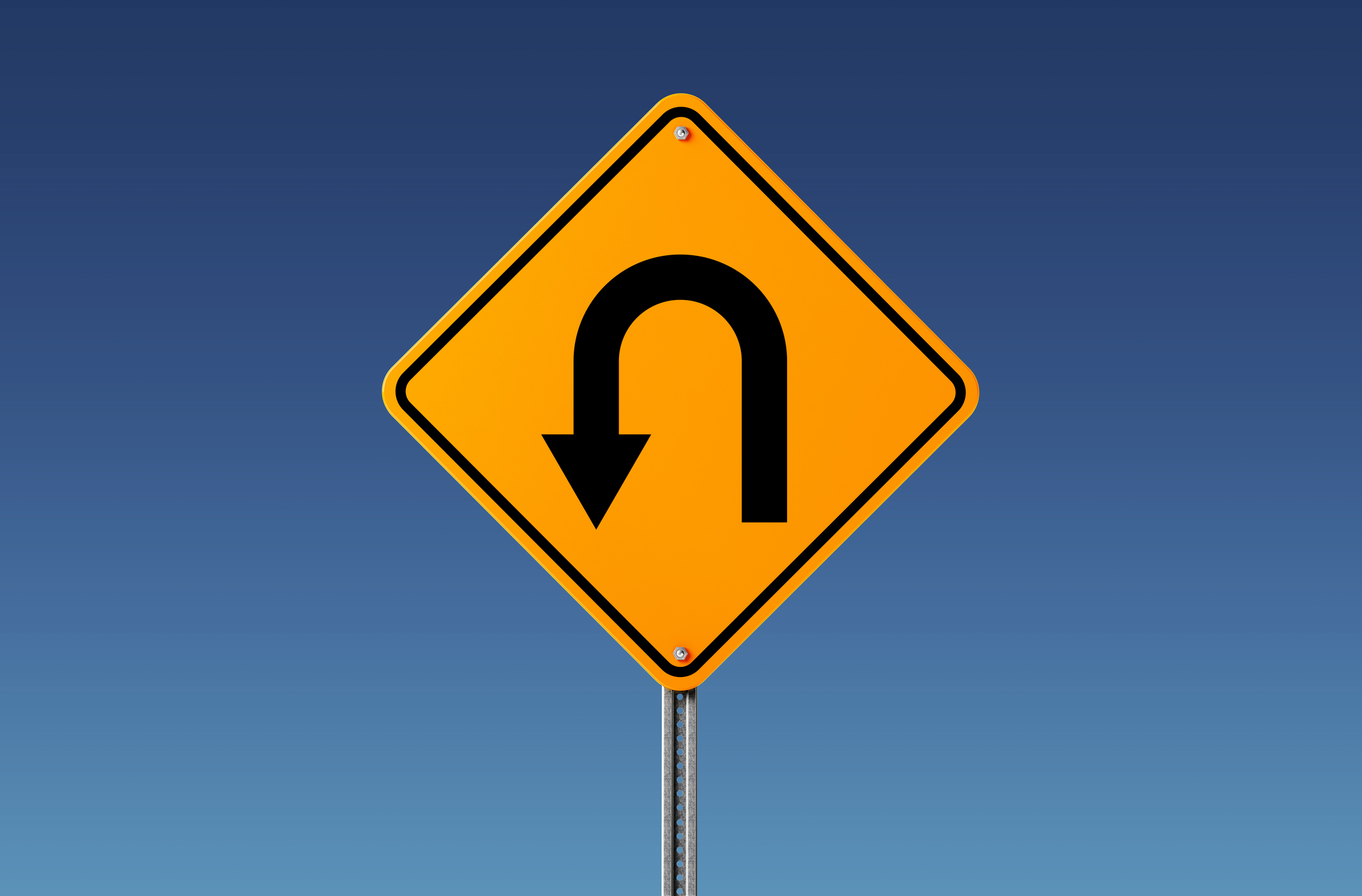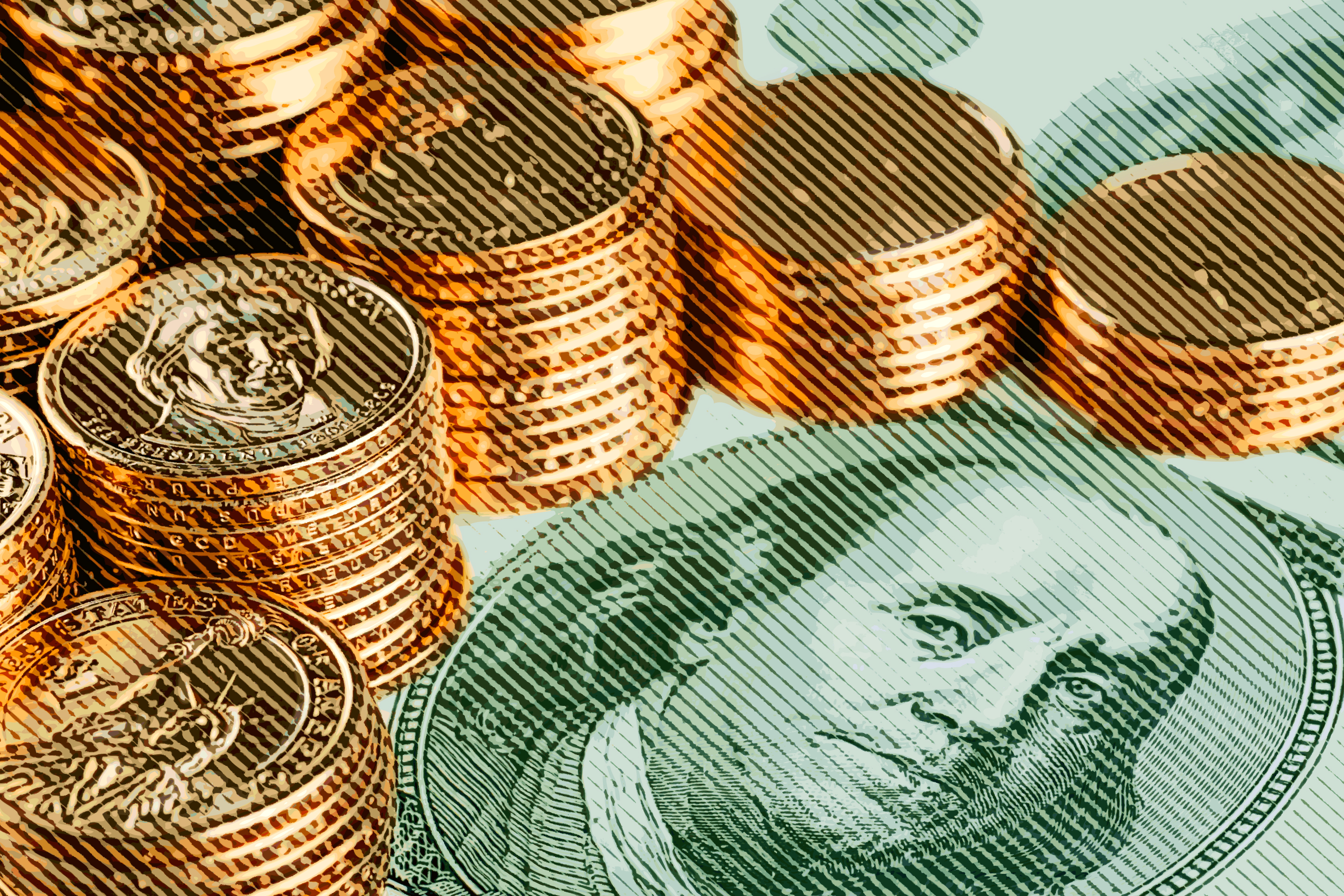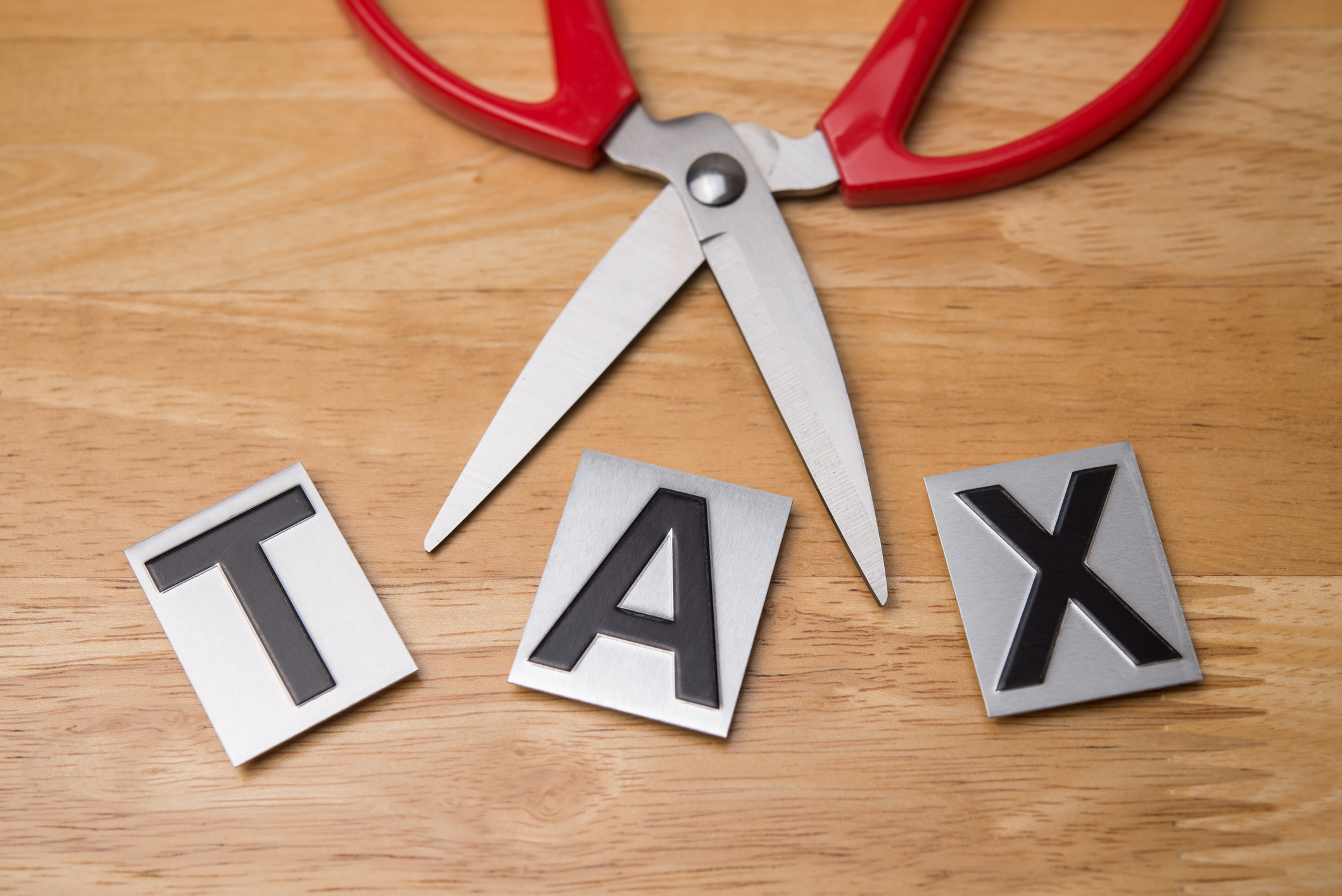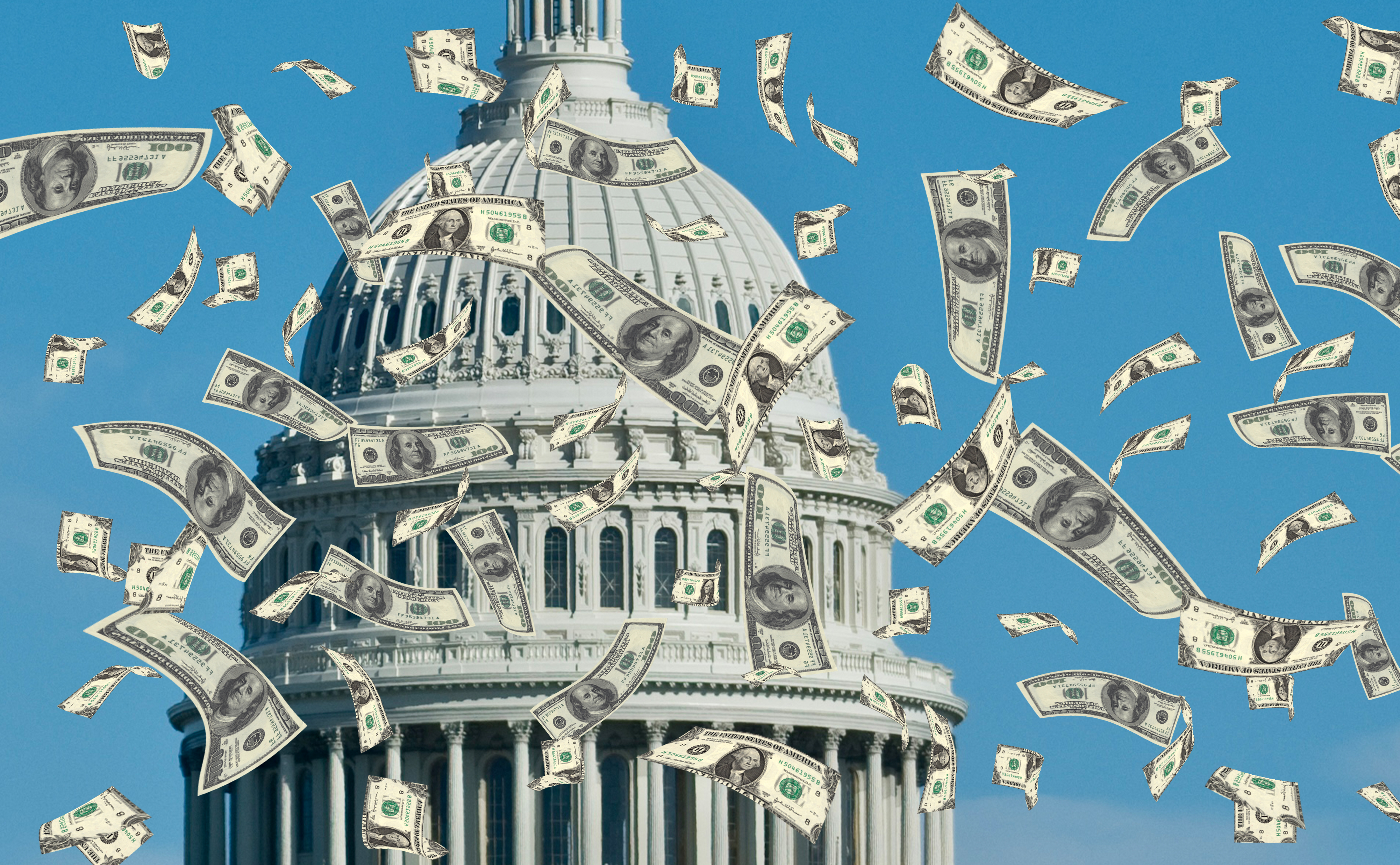Another IRS 1099-K Threshold Change to Know for Your 2025 Taxes
After years of uncertainty and changing requirements, the 1099-K reporting rules for 2025 are now set, and the thresholds have changed since last year.


If you earn money through a side hustle, run a small business, or get paid through apps like Venmo, PayPal, or Cash App, or sites like eBay, you’ve probably come across a lot of mixed messages about the 1099-K form.
You’re not alone. Over the past couple of tax seasons, many online sellers and freelancers have shared that same uncertainty.
Much of the confusion stemmed from IRS back-and-forth on the 1099-K reporting threshold. That included changed policies and postponed deadlines for implementing an initial “$600 rule,” which left sellers and payment platforms in limbo.
From just $107.88 $24.99 for Kiplinger Personal Finance
Become a smarter, better informed investor. Subscribe from just $107.88 $24.99, plus get up to 4 Special Issues

Sign up for Kiplinger’s Free Newsletters
Profit and prosper with the best of expert advice on investing, taxes, retirement, personal finance and more - straight to your e-mail.
Profit and prosper with the best of expert advice - straight to your e-mail.
But there’s some good news: Congress recently enacted a rule change designed to simplify things this year.
- Essentially, this latest approach returns to a more familiar and less burdensome framework.
- That shift should alleviate some of the stress for many individuals and businesses confused by more recent tax reporting requirements.
Here’s what you need to know about the latest change to 1099-K rules for your 2025 taxes, starting with a look at what the 1009K is.
What Is a 1099-K?
A 1099-K is an IRS tax form that reports payments you received through third-party networks or payment apps. Think of it as a way for the IRS to track income earned from business activities, like online sales or gig work, that is processed through platforms like PayPal, Venmo, or Cash App.
Over the past couple of tax seasons, there has been considerable confusion about when these forms were issued due to adjustments to IRS rules.
- Due to a pandemic-era law, the reporting threshold for Form 1099-K was initially supposed to drop to just $600, meaning payment platforms would have sent millions of tax forms to people with even small amounts of business or casual sales income.
- Since then, thresholds for reporting shifted multiple times, causing many people to receive unexpected 1099-K forms.
- For example, last year, the IRS announced a $5,000 threshold for 2024 taxes as part of a phase-in to implement the $600 reporting threshold.
Although the tax agency was attempting to implement the thresholds in stages, the back-and-forth made tax filing stressful and unclear for many sellers and some payment platforms.
1099-K threshold: What’s new for 2025?
As of July 4, 2025, the Trump/GOP tax and spending bill, referred to by some as the “big beautiful bill” (BBB), became law. The megabill brings several tax changes.
One that will likely have many cheering is a return to the earlier, higher thresholds for 1099-K reporting from payment apps like (but not limited to) PayPal, Venmo, Cash App, Etsy, StubHub, eBay and Airbnb.
So, for payments you receive for 2025 (sent to you in early 2026), you should only receive a Form 1099-K if:
- You receive more than $20,000 in gross payments and
- You conduct more than 200 transactions on a single platform within a year.
For most people paid via these third-party processing platforms — from part-time sellers to casual gig workers — this means no more unexpected tax paperwork just for the occasional online sale or side job.
Reinstating the 200/20,000 rule should reduce the paperwork burden on smaller sellers and gig workers while maintaining IRS oversight of higher-volume payment activity. It will eventually help lessen uncertainty.
What to do If you receive a 1099-K
If you get a 1099-K form in the mail, it means the IRS has a record of payments made to you through a third-party platform. Receiving the form doesn’t automatically mean you owe taxes on the full amount shown, though. It's just a report of gross payments received.
You still need to accurately track your expenses and income to determine your taxable profit.
Here are a few more key tips to keep in mind:
Keep thorough records: Save receipts, invoices, and transaction statements related to your sales or services. This documentation is essential for deducting business expenses and verifying your income.
Report all income: Report all your taxable income, whether you receive a 1099-K or not.
Match your records to the 1099-K: Use the form as a helpful cross-check, but don’t assume it’s error-free. Payment platforms sometimes report gross payments without subtracting fees, refunds, or chargebacks.
Consult a tax professional if needed: If your situation is complex or you’re unsure how to handle the form, a tax advisor can help you navigate tax deductions and credits, reporting, and compliance.
Being proactive and organized throughout the year can make tax time less stressful and help you avoid surprises if you do receive a Form 1099-K.
Read More
Profit and prosper with the best of Kiplinger's advice on investing, taxes, retirement, personal finance and much more. Delivered daily. Enter your email in the box and click Sign Me Up.

Kelley R. Taylor is the senior tax editor at Kiplinger.com, where she breaks down federal and state tax rules and news to help readers navigate their finances with confidence. A corporate attorney and business journalist with more than 20 years of experience, Kelley has covered issues ranging from partnerships, carried interest, compensation and benefits, and tax‑exempt organizations to RMDs, capital gains taxes, and income tax brackets. Her award‑winning work has been featured in numerous national and specialty publications.
-
 Stocks Chop as the Unemployment Rate Jumps: Stock Market Today
Stocks Chop as the Unemployment Rate Jumps: Stock Market TodayNovember job growth was stronger than expected, but sharp losses in October and a rising unemployment rate are worrying market participants.
-
 Should You Renew Your CD?
Should You Renew Your CD?With rate cuts impacting earnings, we examine if now is a wise time to renew CDs.
-
 7 Ways to Plan Now to Save on Medicare IRMAA Surcharges Later
7 Ways to Plan Now to Save on Medicare IRMAA Surcharges LaterUnderstand the critical two-year lookback period and why aggressive planning before you enroll in Medicare is the most effective way to minimize IRMAA.
-
 Law Reversal Looming? Trump Eyes 2026 Gambling Winnings Tax Change
Law Reversal Looming? Trump Eyes 2026 Gambling Winnings Tax ChangeTax Deductions It's no secret that the IRS is coming after your gambling winnings in 2026. But how long will that last?
-
 Trump's Plan to Eliminate Income Tax: 7 Things to Know Now
Trump's Plan to Eliminate Income Tax: 7 Things to Know NowTax Policy The potential consequences of eliminating taxes in favor of Trump tariffs could impact everything from inflation to Social Security and might give some U.S. taxpayers pause.
-
 5 Types of Gifts the IRS Won’t Tax: Even If They’re Big
5 Types of Gifts the IRS Won’t Tax: Even If They’re BigGift Tax Several categories of gifts don’t count toward annual gift tax limits. Here's what you need to know.
-
 The 'Scrooge' Strategy: How to Turn Your Old Junk Into a Tax Deduction
The 'Scrooge' Strategy: How to Turn Your Old Junk Into a Tax DeductionTax Deductions We break down the IRS rules for non-cash charitable contributions. Plus, here's a handy checklist before you donate to charity this year.
-
 IRS Says You Made a Tax Return Mistake? A New Law Could Help You Fight Back
IRS Says You Made a Tax Return Mistake? A New Law Could Help You Fight BackTax Law Updated taxpayer protections change what the IRS must explain on error notices and how long you have to respond.
-
 Tax Refund Alert: House GOP Predicts 'Average' $1,000 Payouts in 2026
Tax Refund Alert: House GOP Predicts 'Average' $1,000 Payouts in 2026Tax Refunds Here's how the IRS tax refund outlook for 2026 is changing and what steps you can take now to prepare.
-
 Is a New $25,000 Health Care Tax Deduction Coming in 2026?
Is a New $25,000 Health Care Tax Deduction Coming in 2026?Tax Policy A proposal from GOP Sen. Josh Hawley adds to the chatter about health care affordability.
-
 Are You Middle-Class? Here's the Most Tax-Friendly State for Your Family
Are You Middle-Class? Here's the Most Tax-Friendly State for Your FamilyTax Tips We found the state with no income tax, low property tax bills and exemptions on groceries and medicine.